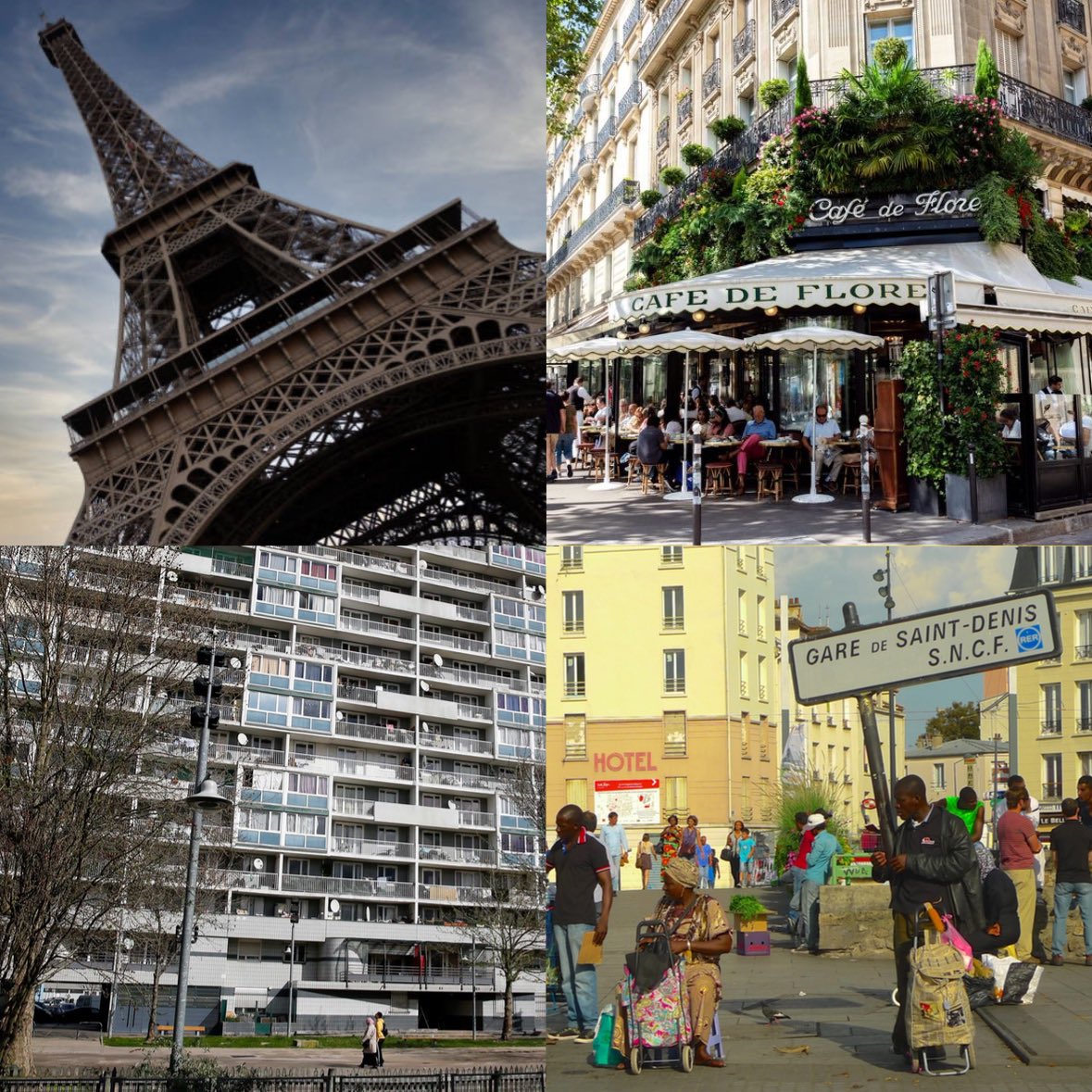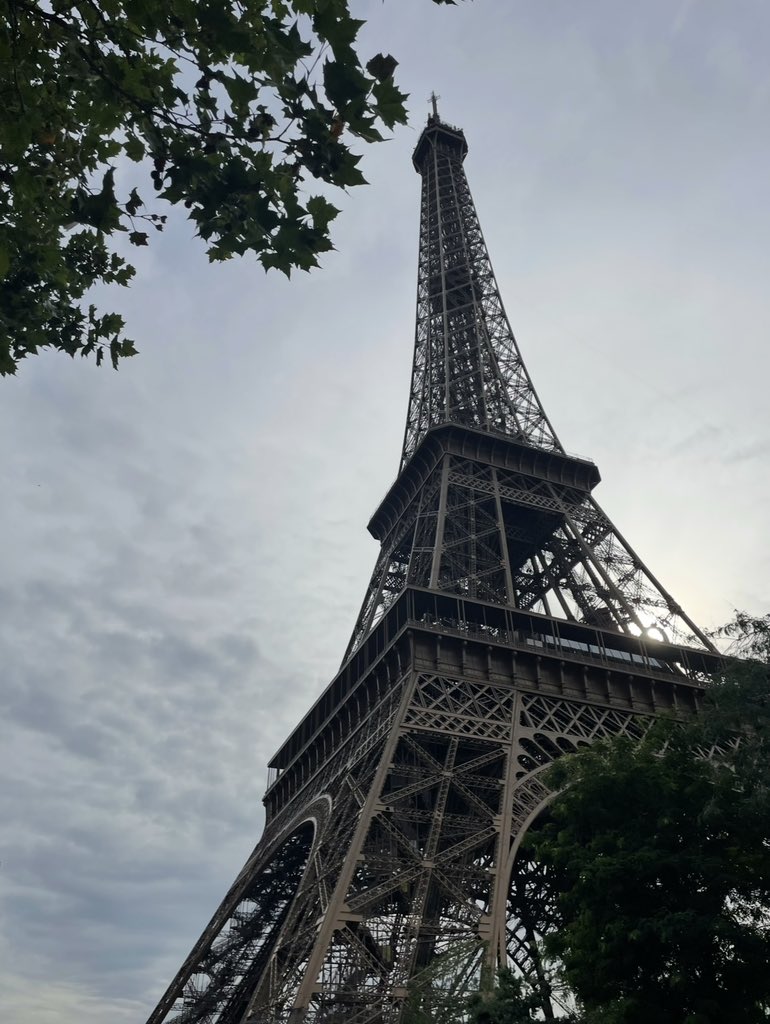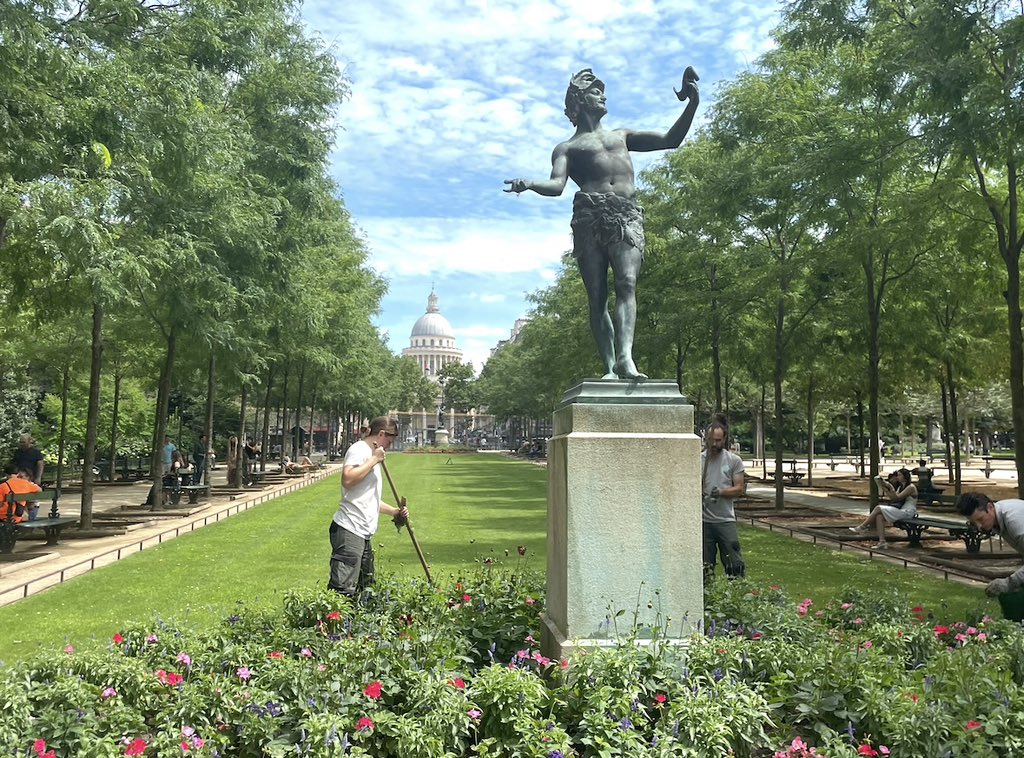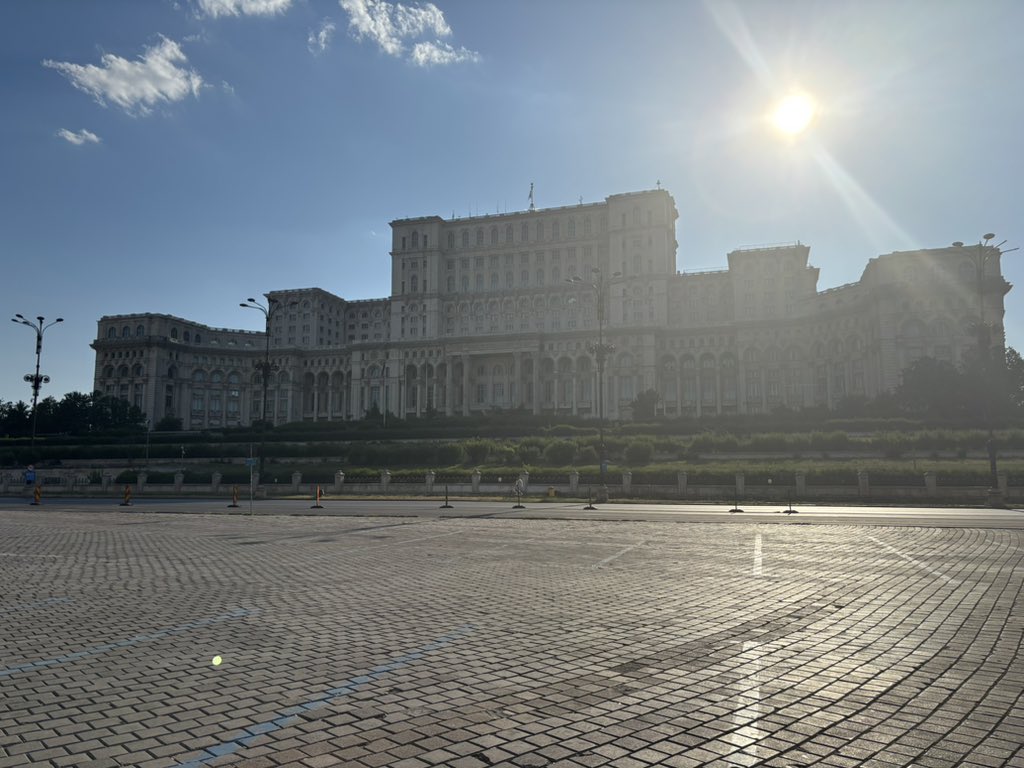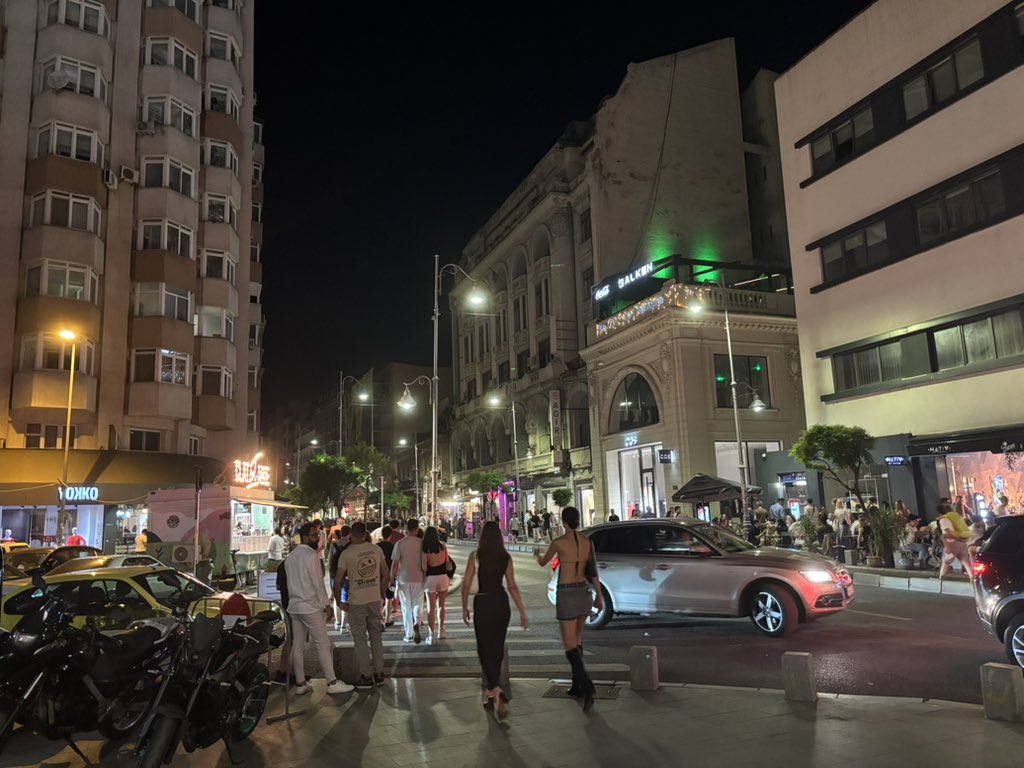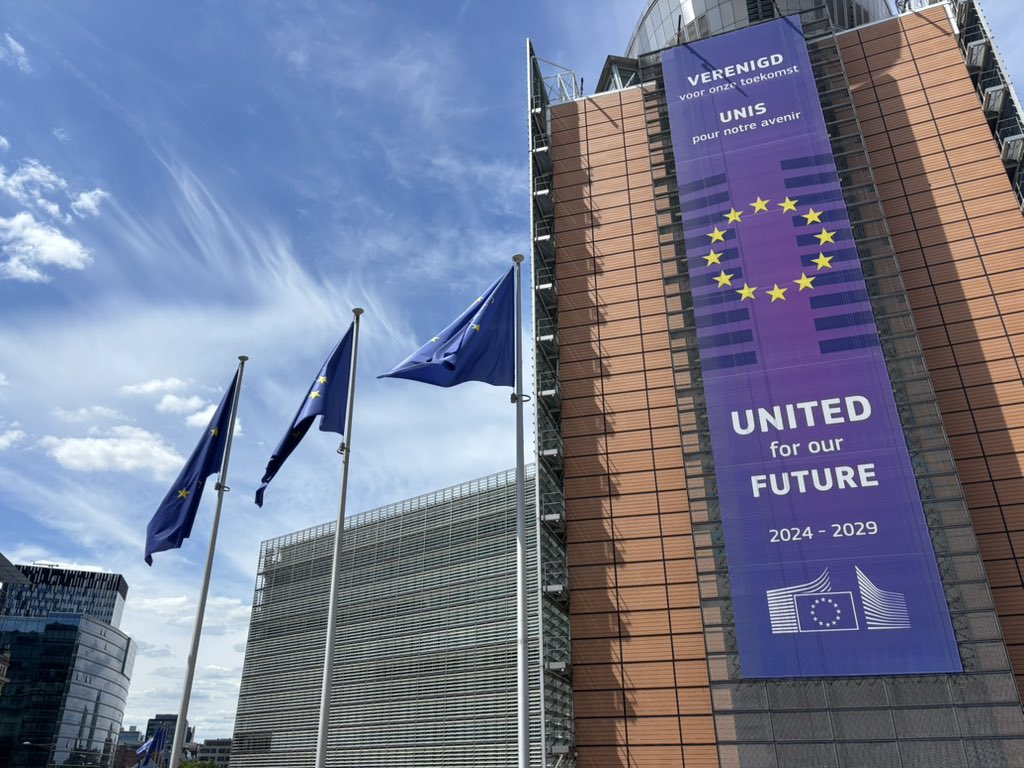PICTURE THREAD TOUR OF LUTON, UK 🇬🇧
I recently visited Luton - a working class town near London infamously home to both the Tate Brothers and Tommy Robinson and one of the towns in Britain most transformed by immigration - to see what it looks like today 🧵
I recently visited Luton - a working class town near London infamously home to both the Tate Brothers and Tommy Robinson and one of the towns in Britain most transformed by immigration - to see what it looks like today 🧵

Luton was one of the towns earliest effected by large scale immigration. It’s against this background that Robinson’s EDL first emerged, the working class living on the frontlines of a changing Britain. My TLDR impression of Luton is that this change has now largely happened 

In some ways Luton might as well be another country. It’s easy to look at pictures of foreign-coded visuals in your own country and say, “oh it’s from a ghetto, China Town, Little India etc it’s always been like that.” Luton is like if these areas expanded over an entire city 

Luton is so transformed that it helps to compartmentalise it as a parallel version of Britain - ‘The Yookay’. Change on this scale is emotionally charged because it really is just not anything like what Britain has been historically. There’s no ambiguity, it is not the same thing 

Main high street - grotty but not unusually so for British standards. Demographics felt about 60-70% non-White. Selection of chain shops but also shops you only tend to find in heavily immigrant areas selling migrant foods, migrant-coded products - dessert bars, weaves etc 

Central War Memorial. A few pieces of litter in the flowerbeds around it. Some nearby buildings hollowed out and replaced with tatty-looking cheapo ‘poundstores’ - at the ‘higher end’ you have at best brands like… McDonald’s or TK Maxx. No particularly inspiring new developments 

The main shopping mall in the town centre. A detail not pictured, homeless encamped to the side who stared intensely at me as I took this picture. You can see Deliveroo riders, betting shops, smash burger takeaways - classic common features of British high streets in the 2020’s 

Inside the central shopping mall - the demographics maybe 80% non-White British. A few nice ‘Yookay’ details on this shot. The demographics again, the Halal Turkish food, the poster overhead stressing the importance of recycling your bottles in order to reduce the use of plastics 

Lots of remittance shops around, many shops or services that emphasise their owner’s country of origin. Not just Nails & Spa but Moroccan Nail & Spa. “I am a Moroccan. We are Moroccans. This is a Moroccan Nail & Spa.” The streets a patchwork of non-sequitur assertions of identity 

Dessert Bars are increasingly common in British cities in part because many migrant communities use these places as social spaces in lieu of bars. You can’t drink alcohol so you go here to ‘chill’, film crazy TikTok video. I stuck my head in a few, no white people. Many venues are implicitly coded to specific communities in this way - traditional British pubs by contrast for example will be mostly white clientele

Another shot of the main high street. Some banners suspended from lampposts - advertisements for ‘support hubs’ for support for alcoholism, drug addiction, abuse etc. Partly these banners stem from Britain’s overbearing ‘mental health’ therapy culture but I also suspect Luton has a lot of genuine alcoholics, drug addicts, abuse victims etc

At the top of the city by the courthouse. Closed up traditional ‘Red Lion’ Hotel, litter strewn across the floor by a residential block. Don’t know if the local council just doesn’t bothering hiring people to clean or if people throw so much litter cleaning it is a losing battle 



Fairly typical residential street just outside the city centre. Some litter on the floor. There was a particularly egregious house on this street with piles of garbage stacked outside but an obese Pakistani man standing in front of the building smoking began glaring at me as I walked past so I didn’t take a picture

On the way to the South Asian ‘side’ of Luton. Lots of litter. An ugly carriageway surrounds Luton, makes it a hassle to walk - a hangover from post-war urban planning. Combine unsightly features like this with modern Yookayisms for a pungent cocktail of miserable drab aesthetics 







On entering the South Asian area you are greeted by a banner advertising a Festival of Diversity and litter strewn across the grass of a small open green space. I am not making this up - it sounds like I am being deliberately gratuitous here but this is literally what you see 



Dunstable Road is the main thoroughfare in this area, the residents a collection of religions and groups though mostly Muslims and mostly from the Subcontinent. The % of white people on the street drops from about 30% to 1-2% here, surfaces are adorned with Arabic calligraphy 

Dunstable Road is a ghetto of a kind but it’s not a hermetically sealed ‘ghetto’. It spills out into the rest of Luton. It may be 20% more ‘Islamic-Looking’ than central Luton but that jump is pretty incremental, it isn’t a massively jarring huge jump there’s a flowing continuity 



Lots of chicken shops, jewellery shops, hijab shops, remittance services. On some the exterior panelling is plastic-y and the shopfronts extend out onto the pavement. Bi-folding cheap glass doors instead of heavier single doors. They aesthetically resemble shops in Cairo or Delhi 

There is a sense in which this all represents a merging of aesthetic styles. A kind of evolving Neo-Mudéjar. Styles instinctively familiar in the Karachi marketplace merging with post-war British forms. This is how aesthetic forms change and develop over longer stretches of time 

You can see this in the nearby residential area. 20th century British housing stock begins to take on slightly subcontinental features. Porticos grow larger, new panelling or tiling appears, imagery is affixed, features of the houses more resemble features from the home country 



Luton central mosque - a good example of what you could call British Islamic or ‘Rubber Dinghy Rapids’ architecture. Islamic forms built with the red brick of British industrial towns. I don’t find the architectural effect particularly inspiring but in this sense it is ‘British’ 

More residential streets. Some Yookayisms; disability support standups, litter. Also common - signs, flags, imagery. The imagery is I want to say more common than cultural equivalents would be in white areas. Are Palestine flags a cultural equivalent to British Christmas lights? 







Garbage of various kinds left outside the front of houses. This kind of fly-tipping isn’t unusual in parts of Britain and is not necessarily exclusive to particular groups but it was noticeable here how many houses had garbage just dumped outside. Evidences a certain culture 





LEFT: Imran on the back of a ‘white van’ like an England flag
RIGHT: A Syrian Opposition flag seen above a (quite commonplace on Luton’s high streets) bubble tea shop. Luton contributed a significant number of foreign fighters to the opposition groups during the Syrian Civil War

RIGHT: A Syrian Opposition flag seen above a (quite commonplace on Luton’s high streets) bubble tea shop. Luton contributed a significant number of foreign fighters to the opposition groups during the Syrian Civil War


Another residential street, more litter. A generational divide - the older South Asians wearing traditional kurtas, jubbahs and taqiyahs, the younger South Asians decked out with North Face puffer jackets, Nike and Adidas hoodies, some with half balaclavas, full roadman regalia 







Back to the town centre. Well-maintained flowerbeds in which traditional English trashflowers are growing. The ‘Cakebox’ company is a newer ‘cake business’ founded by Sikh migrants which is quite rapidly expanding across Britain, appears to cater to the sweet-tooth certain migrant groups seem to have in the same way the dessert bars do. If you look inside one of these shops the interiors look quite cheap, tacky, sparse. They resemble the inside of a Mumbai phonecase corner store - possibly a cost saving measure that helps the business expand more, possibly genuine aesthetic preference



Two supermarket interiors
LEFT: A sign warns shoppers that they are being watch by CCTV
RIGHT: An entire section of the supermarket Sainsbury’s devoted to Halal food

LEFT: A sign warns shoppers that they are being watch by CCTV
RIGHT: An entire section of the supermarket Sainsbury’s devoted to Halal food


An Islamic Dawah centre just off the edge of Luton’s highstreet. Natives generally do not convert to Islam but it isn’t unheard of, it is possible that the centre does occasionally succeed in converting passersby. The social pressure will be higher the more Muslim an area is 

The main square. A group of youths (yoots) mostly of different migrant backgrounds can be seen milling around on the right. They were standing there a fair while, there every time I passed. It is obviously a kind of socialising but the form it takes is notable 

A full house of remittances seen on the exterior of this electronics-cum-general wares store, not just to the Subcontinent and Africa but to Eastern Europe to. A reasonable ‘chunk’ of the Luton whites are Eastern European, which can make the streets seem more native than they are 

South of the town centre, the area is visibly a little whiter, the signage more recognisably British. Inside the pubs the clientele is entirely white. As with the dessert bars these venues have become almost implicitly ethnic-coded without anybody consciously assenting to it 

The area is not particularly clean, large litter middens can be seen by the side of the pavement. A little but not much better than the South Asian area. Again, why the council cannot clean it I do not know - unsure how you can be this apathetic but perhaps people just give up 



Collection of houses with litter strewn outside. Some of the houses are larger and more middle class coded but there is still a grimy sheen over the neighbourhood. Those with their curtains open look very normal inside. ‘Live, Laugh, Love’ Posters, ‘Our Home’, ‘Our Family’ signs 







Luton Airport in the distance, which provides the town with jobs. Luton is easily one of the most Yookay towns in Britain, I can see many mid-tier towns beginning to transform in this way over the coming decades - many already are. A process of ‘Lutonification’, ‘Yookayification’ 

• • •
Missing some Tweet in this thread? You can try to
force a refresh










